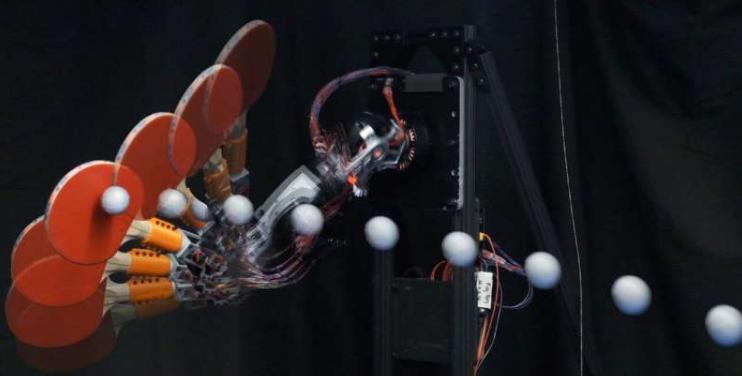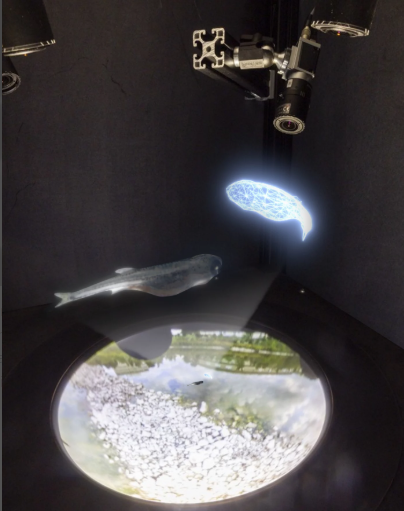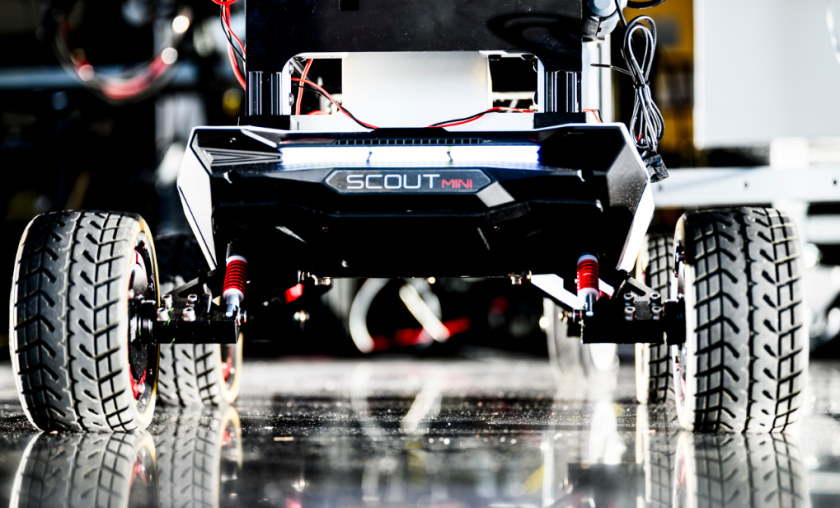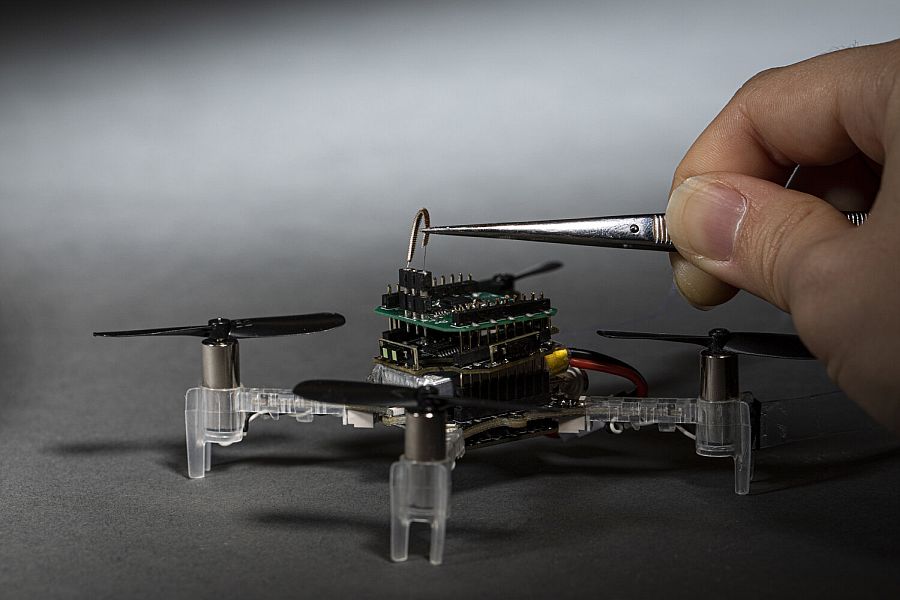
We as humans have a huge legacy of evolution yet we always fall short in front of nature. Nature has its own rate of progression and it never fails.
In a way to replicate nature, not only in terms of design but also processes, we have created a new class of robotics called biomimicry.
Bird inspired drones
Bird inspired drones are one of the interesting products of biomimicry. Drones can visit places which however are not congenial for human presence like:
- architectures that are left after natural disasters
- regions that have witnessed recent explosion
- areas with unexploded devices
- gas leaks
Researchers at the University of Washington are creating drones that can visit such places. Chemicals in the air would make atmosphere extremely challenging for people to step into and look for survivors.
One of the biggest challenges that the researchers faced was to create the most efficient sensor for drones. Sensor that is able to process information faster with higher precision and immediately switch and detect the other odour if present in patchy odour plumes.
An actual moth antenna on Smellicopter
Artificial sensor lacks the required efficiency so the researchers used live moth’s antenna to manoeuvre around smells. Researchers fabricated Smellicopter, an autonomous drone and embedded antenna on it.
Smellicopter efficacy met the required parameters. The drone not only able to navigate towards different smells but also detects and avoid obstacles as it glides through air, quite like the moth itself.
Signaling through receptors
The insect makes use of its antennae to
- detect chemicals in environment
- navigating way during flight
- move towards sources of food
- sense potential mates
Each little hair along the antennae has scent receptors. These receptors amplify chemical signals. Single scent molecule is enough to activate lots of cellular response. Due to which, the process becomes ultra-efficient, specific and fast.
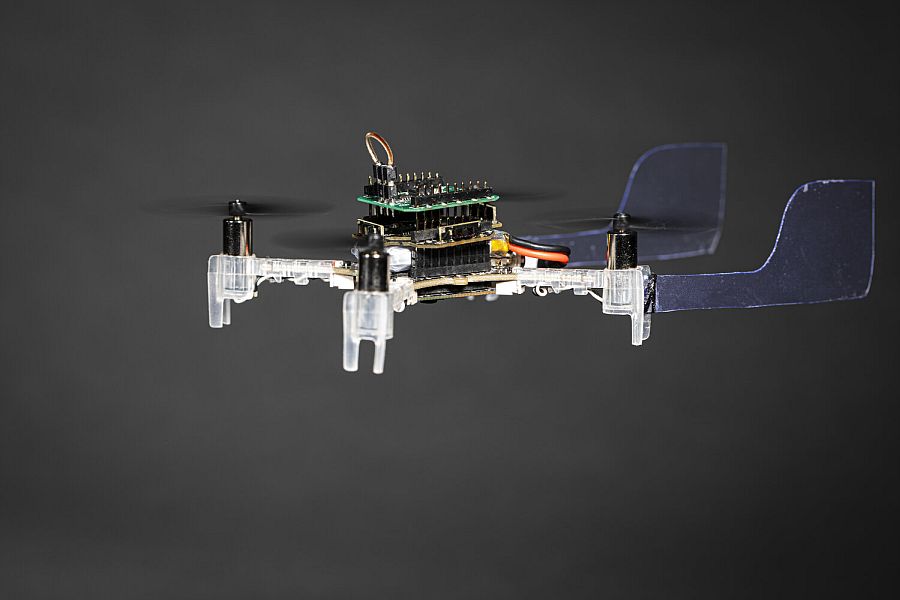
Antennae from anesthetized moths
Antennae for Smellicopter was obtained from the Manduca sexta hawkmoth. Researchers anesthetized moths in fridge before procuring the antenna.
Severed tail, in case of lizards continue to have life for at least 30 min, similarly the antenna after separated from a live moth can stay active for 4 hours. Researchers claim that they can further extend the active time by storing the antennae in fridge.
The team joined either end of the antenna with nano wires, which were then connected to an electrical circuit. Thus, they were able to gauge signals coming from each and every cellular receptor.
When compared with human-made sensor, the antenna performed far better with high level of accuracy.
Antenna sensor on a quadcopter drone
Smellicopter is the product of a simple quadcopter drone which they equipped with the antenna sensor.
In order to create drag, for constant upward orientation, the team also added two plastic fins on the back of the drone.
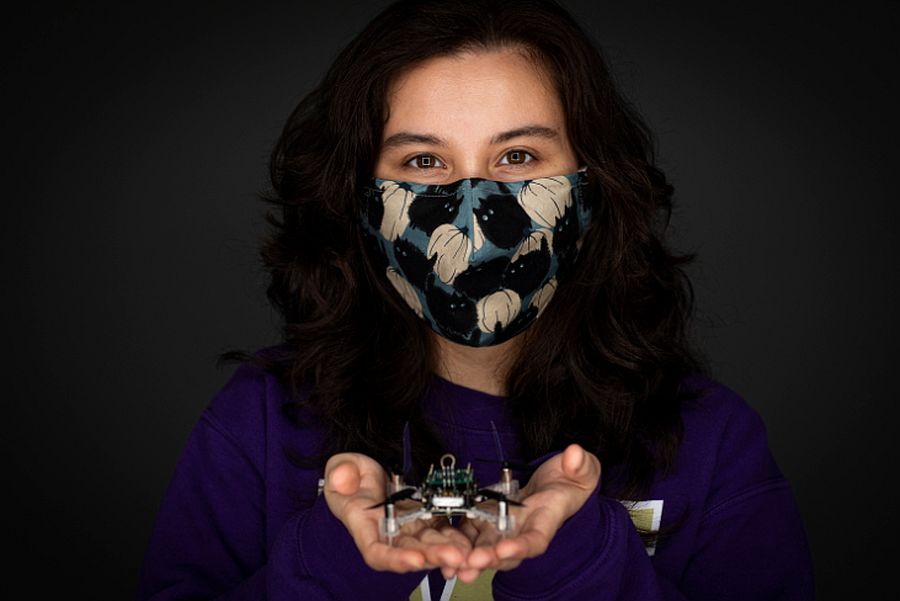
Takeaway
To make use of antenna sensor is much better choice and an efficient option than adding more human-made sensors.
The idea also looks promising than taking the help from machine learning algorithms to navigate direction during flight and to track smell in odour plumes.
Another interesting feature in Smellicopter is that it doesn’t require GPS. Camera installed in the drone acts like an insect’s eye. This makes it the most suitable candidate for tracking indoor or underground spaces such as mines or pipes.
As mentioned before in the post, nature has the easiest and the most awe-inspiring solutions to nearly all engineering problems.

